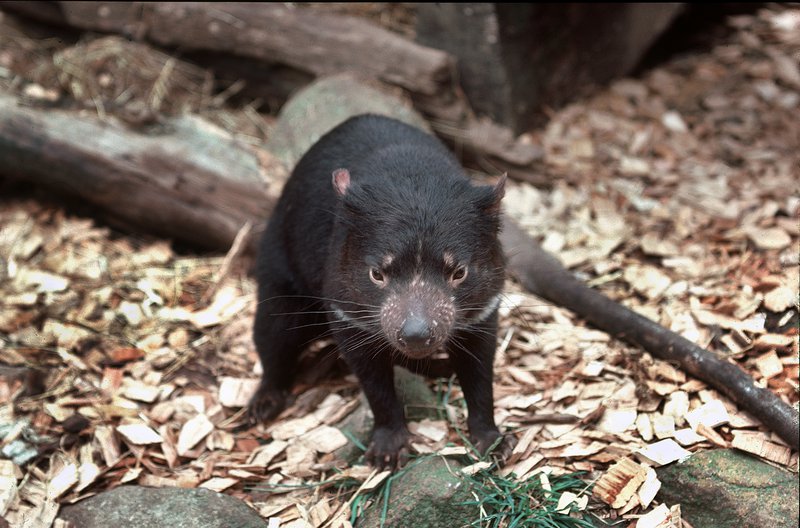What is a carnivore?
What is a carnivore?
The word carnivore is derived from Latin and literally means “meat eater.”
A carnivore is an animal that feeds on other animals.
Carnivores come in many shapes in sizes, but they often have some similarities. Most carnivores have relatively large brains and high levels of intelligence. They also have less complicated digestive systems than herbivores. The world's largest animal is also the world's largest carnivore.
There are many different kinds of carnivores from small spiders that catch and eat insects, to lions that hunt and kill their food.
Types of carnivores
There are three different types of carnivores, and each type has diets that consist of varying levels of meat consumption.
- Obligate carnivores are also called hypercarnivores, which are animals whose diet consists of at least 70 percent meat. Carnivores that eat mostly meat are called obligate carnivores; they cannot properly digest vegetation. The cat family, including lions, tigers and small cats, for example, are obligate carnivores. Many hypercarnivores, such as some members of the Carnivora order, have heavy skulls with strong facial musculature to aid in holding prey, cutting flesh or grinding bones. Many also have a special fourth upper molar and first lower molar. They close together in a shearing action, like scissors, which allows animals to slice meat from their prey.
- Hypocarnivores are carnivores that eat the least amount of meat. They consume meat for less than 30 percent of their diet. These animals eat meat, fish, berries, nuts and roots. These animals can also be considered omnivores. Hypocarnivores have smaller carnassial teeth and larger molars to accommodate their varied diets.
- Mesocarnivores are animals that depend on meat for at least 50 percent of their diet. To supplement their diet, these animals will eat fruits, vegetables, and fungi. Mesocarnivores are typically small to mid-size species and often live close to human populations.
There are some plants such as the Venus fly trap that is carnivorous and capture flies to eat. There are over 600 species of carnivorous plants. They get some of their nutrients by trapping and digesting insects and sometimes, small frogs and mammals. Because the most common prey for most carnivorous plants are insects, they are also called insectivorous plants.
Other carnivores in the water include barracudas, moray eels, piranhas and squid, sea stars, molluscs, sharks, mammals (seals)


